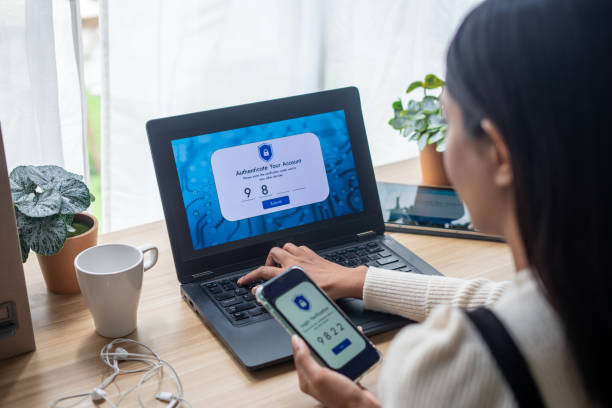Introduction:
Indeed, for people who live in the modern world, applications for mobile devices are a necessary component that is responsible for various, even obvious, tasks like banking and communication. But, with the ever-rising use of smartphone applications, mobile applications are also vulnerable to risks and threats. The security of these applications is paramount to safe data access and safe use by the applications by their users. That is why here are some crucial pieces of advice for improving mobile app security:
1. Implement strong authentication:
Another motivation is a strong authentication mechanism that serves as the first barrier against the invaders. Also, incorporate the use of MFA in an attempt to increase a secure layer. This could include the use of passwords, fingerprint or face recognition, fire, and one-time passwords (OTP). By adopting multiple forms of verification, you cut off the chance of a breach by a large percentage.
2. Secure Code Practices:
Programmers need to adhere to the best coding principles from the moment they create an application. That includes code optimization in terms of no bugs and security flaws such as SQL injection, cross-site scripting (XSS), etc., and buffer overflow. In this case, it is recommended to update the code constantly to fix all the vulnerabilities that are found and also for code review to assess compliance with security standards.
3. Data Encryption:
The information security policy also advocates for the use of a secure socket layer that will protect data during its transmission to and from Vodafone. Stay away from simple encryption algorithms or ‘hot spotting’, and implement SSL encryption for client-server communication. This means that none of the user data is compromised or intercepted by the wrong individuals.
4. Regular Security Testing:
Perform a security check on a fixed-time basis, whereby a vulnerability check and assessment and a penetration check and assessment are done. This helps in coming up with what can be exploited in the weakness of this particular app. Users’ data needs protection from new threats, which, if identified regularly, can be used in testing and updating the application.
5. Use secure APIs:
APIs are used to help develop many mobile applications and act as a medium for linking the application with other services. Use only secure APIs that conform to generally accepted standards. Steps like restricting the amount of data that an API provides and periodically auditing the API to ensure its security must be taken.
6. Monitor and Respond to Threats:
Could it be that the hierarchical structure of organizations is the answer to every problem? Monitoring shall be conducted in real time so that any behavior of the app that is out of the norm can be detected to see if there is a problem with the system. Introduce an incident response plan that would permit us to respond to any threats rapidly. Check on the logs at least once a week and modify your response to the threats as they appear.
In conclusion, securing a mobile app is not a one-time process, and it needs constant attention and effort to make it secure. Applying the aforementioned tips and, therefore, paying attention to appsec, one may protect an application from threats and ensure the protection of user data.







